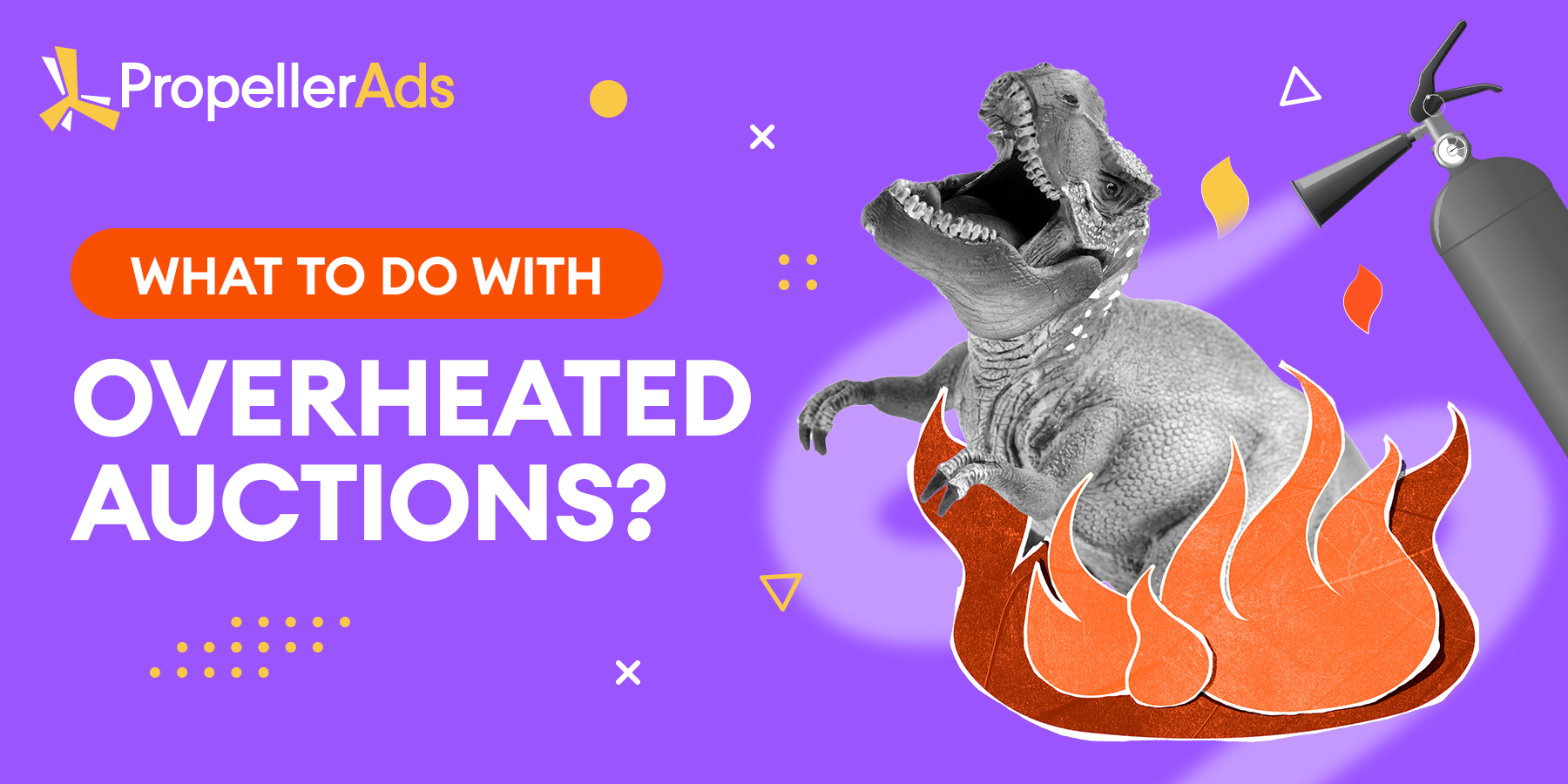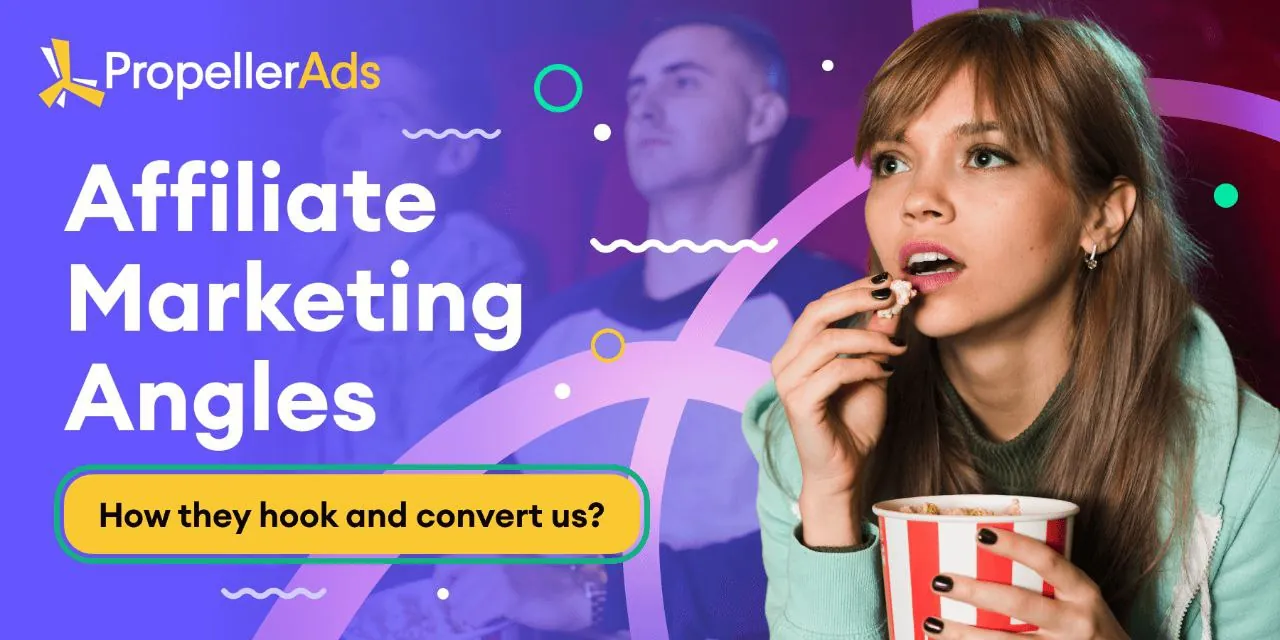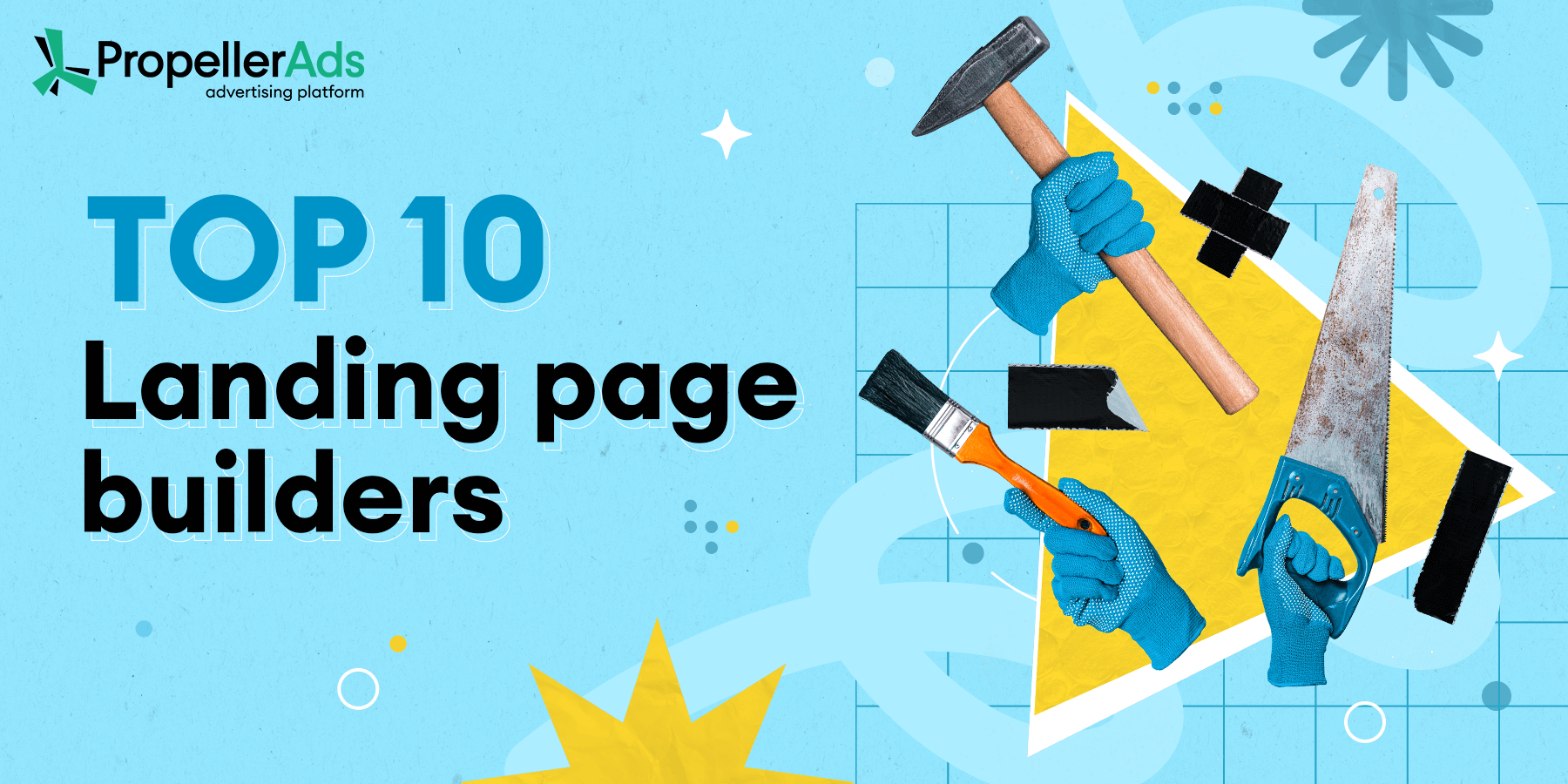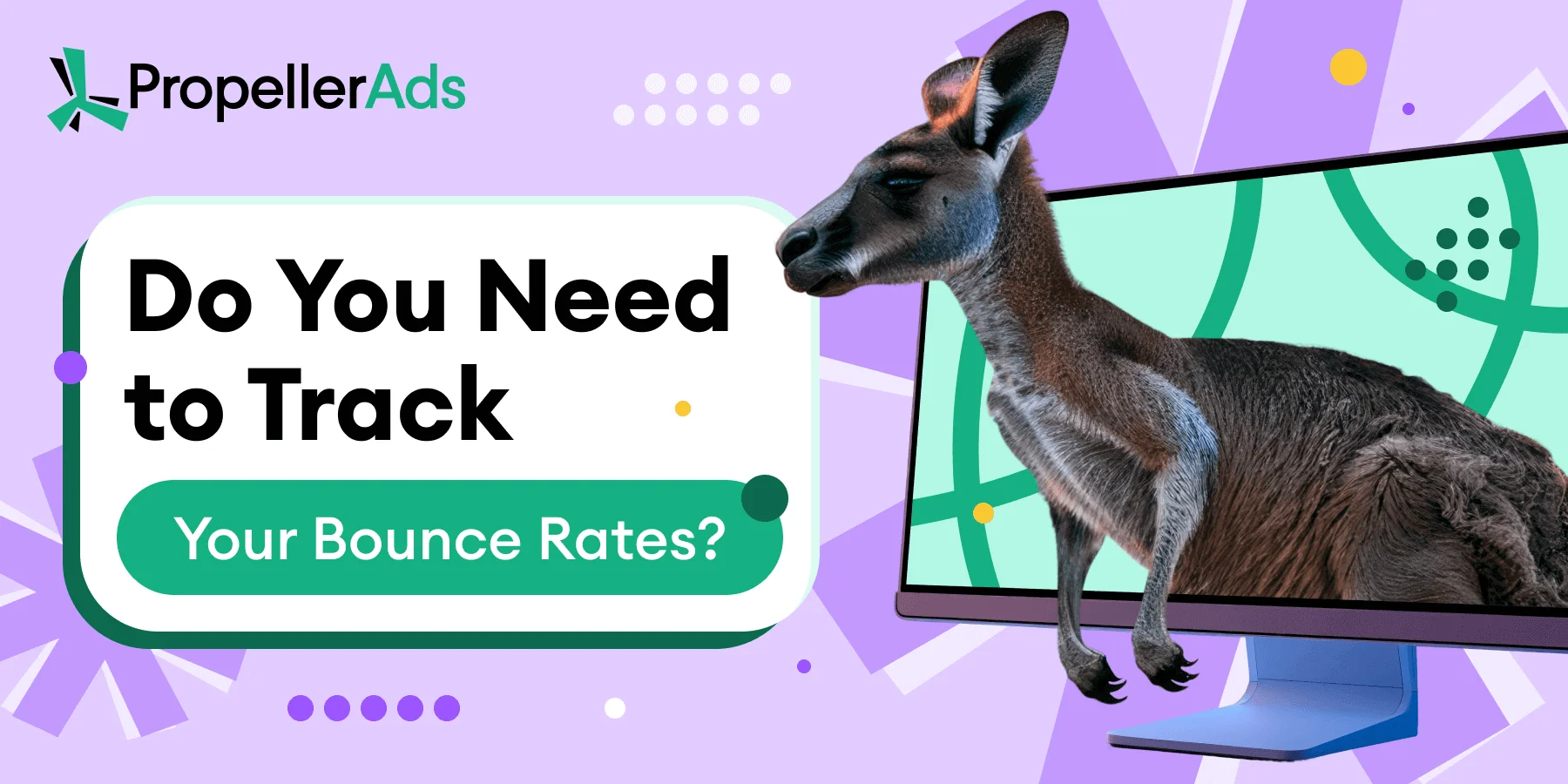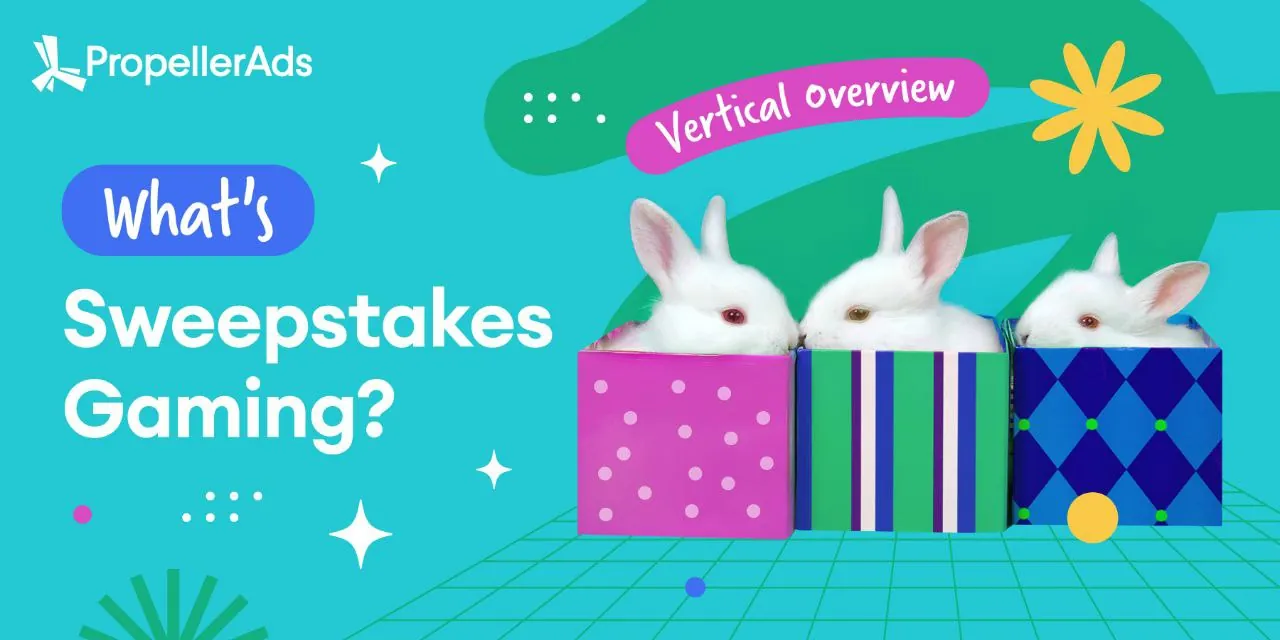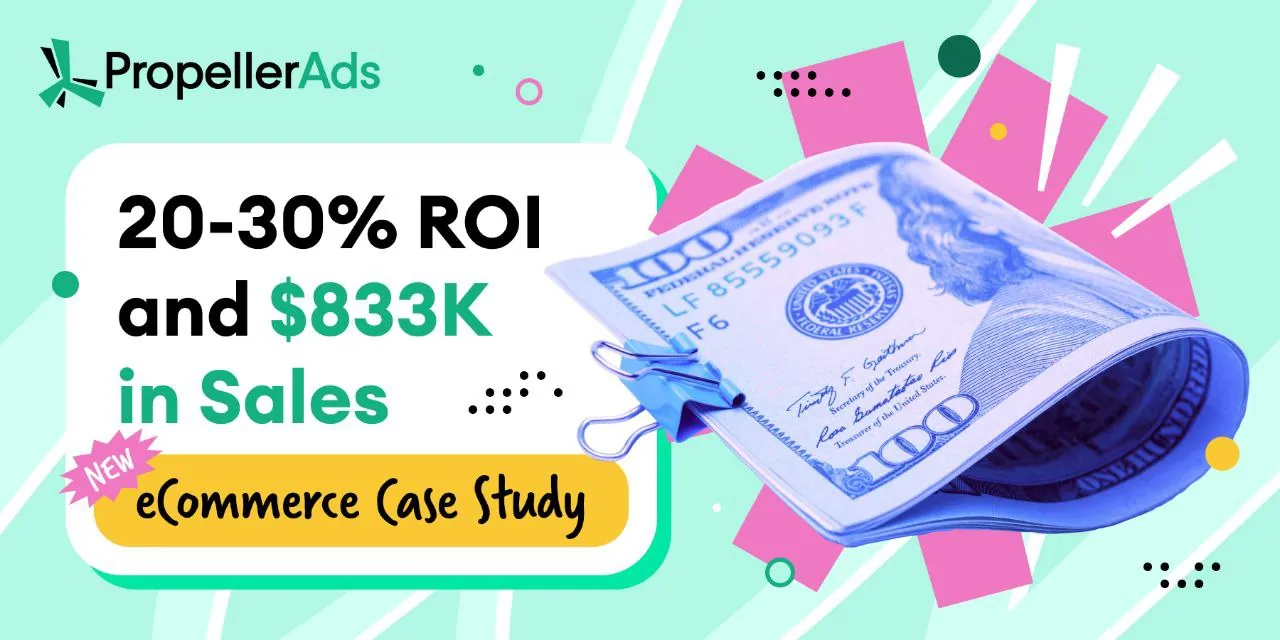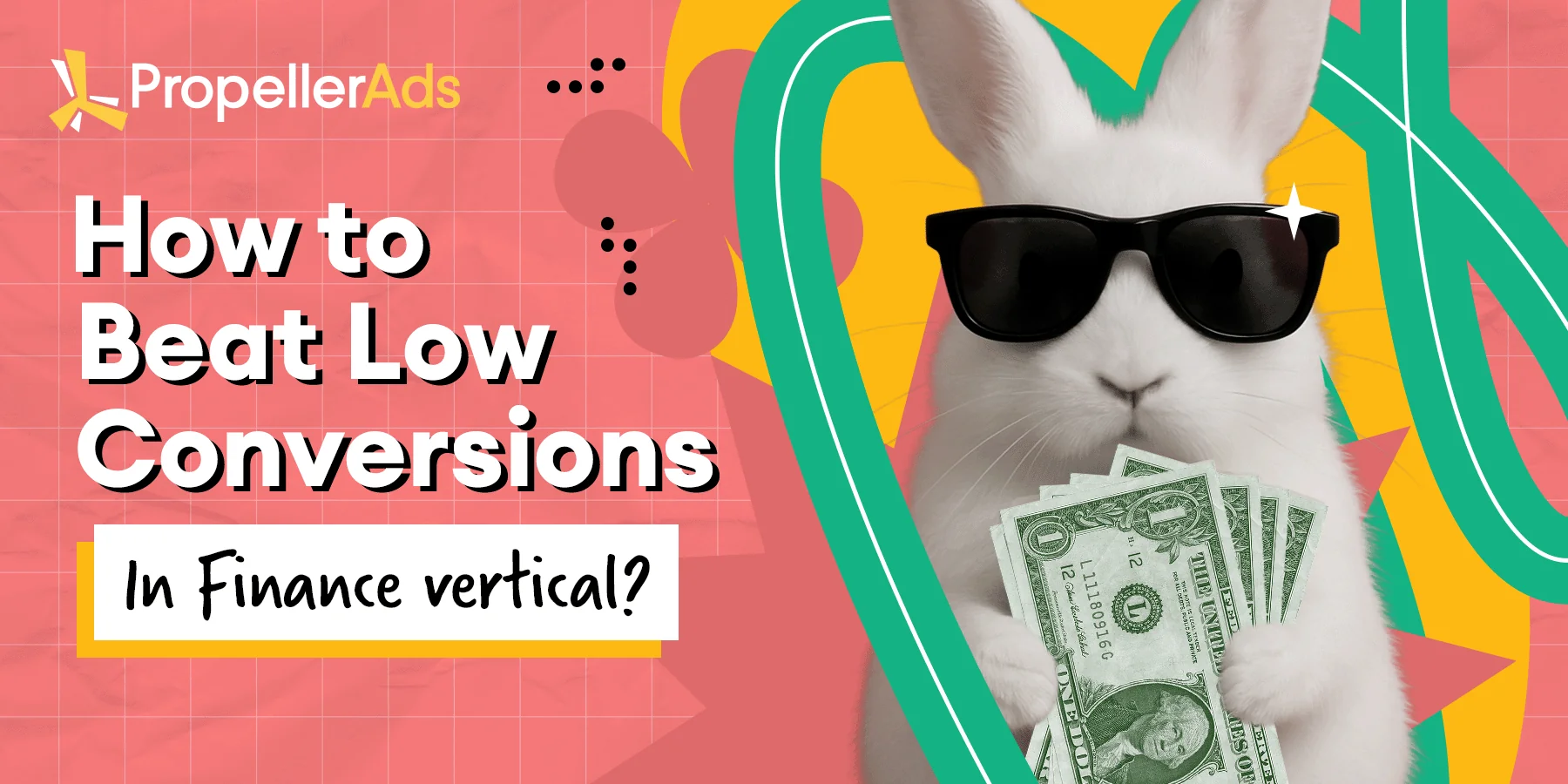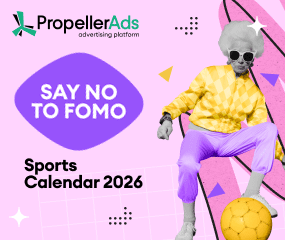Why Affiliates Struggle With Engagement Rates and How to Fix That
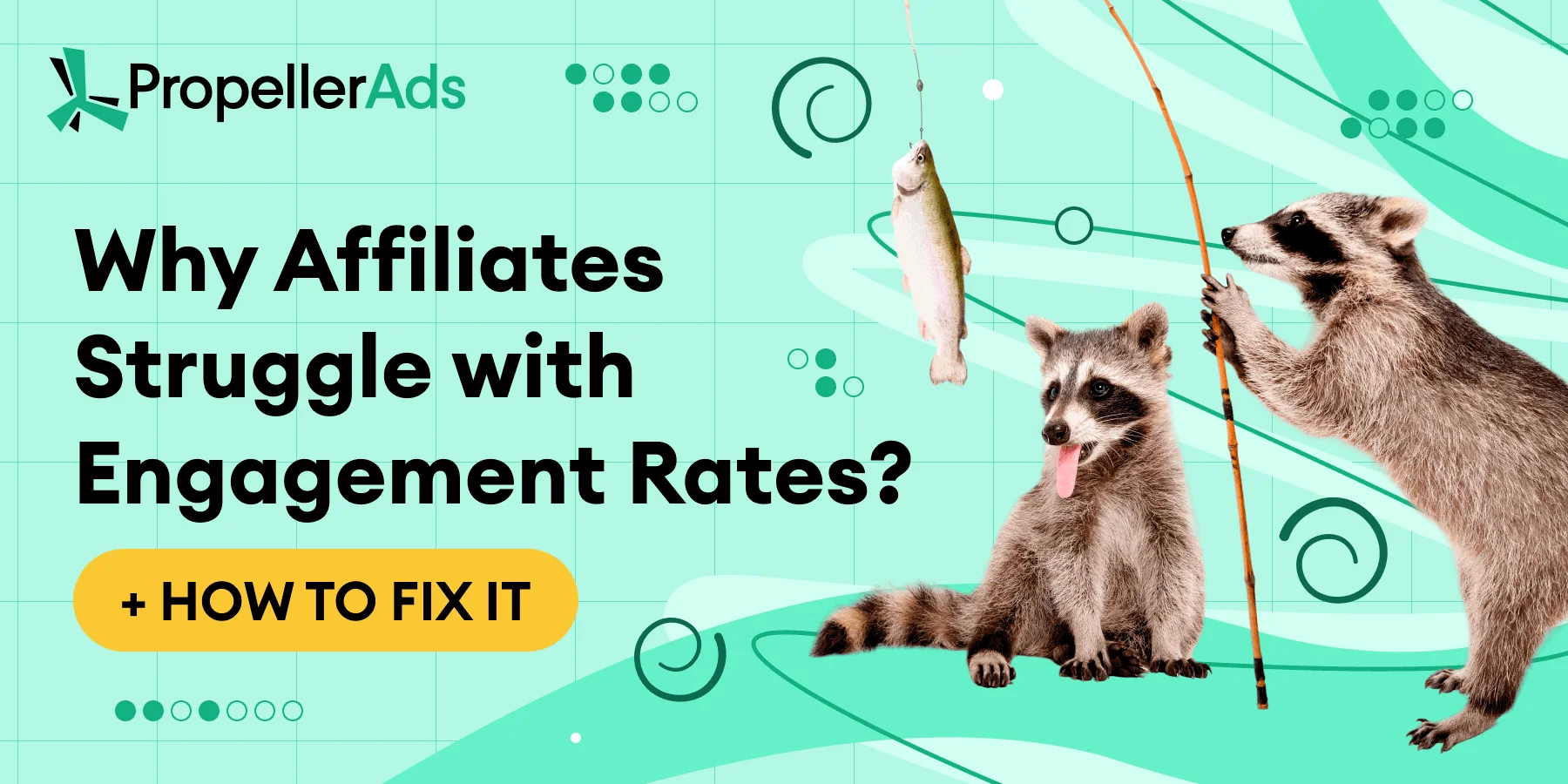
Situation: you have prepared a promising campaign and believe it’s going to bring a good number of conversions, but… days and weeks go by, you get some clicks but zero leads. Your budget is vanishing and you cannot understand what’s wrong.
Chances are, your engagement rate is totally frozen. In today’s affiliate ecosystem, platforms don’t just reward traffic volume, but rather meaningful interactions. If users don’t buy, install, register, and stick around, not only do you lose conversions, but also some networks may push your ads down the stack.
The rough truth is that low engagement eats your budget, your reach, and your ability to scale. However, the good news is that engagement is measurable, diagnosable, and fixable.
Let’s break it down.
What Engagement Rate Means in Affiliate Marketing
At its core, engagement rate is the percentage of people who actually interact with your ads – clicks, likes, swipes, comments, video views, and other actions. On affiliates’ favorite platforms, including social media, algorithms heavily factor this into delivery.
But engagement is a bit more complicated in practice and consists of two major elements that include smaller elements:
- Pre-click engagement = ad CTR, swipe-ups, click-outs
- Post-click engagement = time on page, scroll depth, quiz completion, button taps.
That’s the metric cocktail that determines whether your funnel flows or not.
Why Low Engagement Hurts Affiliates
Okay, whatever metric is low, it usually requires your attention, including engagement. But let’s try to understand how exactly it kills your campaigns:
- No chance to win auctions: low engagement usually leads to low relevance scores, which, in turn, results in higher CPC and fewer impressions.
- No chance to scale: most ad networks and native platforms deprioritize low-engagement ads that don’t get clicks.
- Post-click spiral of death: if your landing page doesn’t match the ad promise, bounce rate increases, and algorithms, again, deprioritize your ads.
- Lost trust: spikes caused by tactics like clickbait boost CTR short-term but kill long-term conversions and chance for re-engagement.
And all of these scenarios lead in one way – low engagement means low profit. Not cool.
What Actually Makes Engagement Weak?
Now, let’s see what are the most common reasons behind low engagement.
1. Message / market mismatch
This happens when the ad’s message or promise doesn’t align with what the target audience actually wants or expects. For example, promoting a “quick weight loss” product to a general audience without addressing their real motivations (health, self-confidence, lifestyle) often falls flat. Similarly, if the ad promises a “free trial” but the landing page asks for a credit card, users feel tricked and leave.
Example: if the ad promotes a “doctor-approved slimming patch,” the lander must clearly feature the medical angle – doctor testimonials, certificates, or clinical visuals. Dropping users into a generic eCommerce page with no supporting proof breaks trust and kills engagement.
Solution: if your angle promises a specific benefit, the landing page must reinforce that promise without surprises or contradictions. Consistency between ad, pre-lander/landing page, and offer is critical.
As Denis, a Zombie Traffic admin, claims, this consistency should extend beyond visuals and copy – into your communication with users as well:
“A simple example is influencer traffic. If the user gets a quick, personal reply – not just a scripted message – and what they see in the creative and comments fully matches your landing page or sales script, the conversion rate skyrockets. Consistency and human interaction are key.”
2. Creative fatigue
Even the best-performing creative eventually stops working when the same audience sees it too often. After a week (sometimes even just a few days on fast-moving platforms like TikTok or Instagram), people become blind to the ad – they scroll past it without even noticing. As such, engagement rates drop and CTR falls.
Example: if you run a Social offer with profile-style ads, don’t show the same person for weeks. Users quickly recognize it as an ad and scroll past. Switch images frequently to keep interest fresh.
Solution: refresh your creatives every 7-10 days on fast-moving channels, or even sooner if diagnostics show engagement decrease. However, don’t wait until performance flatlines – rotate while it’s still profitable.
3. No warm-up
For certain offers and verticals, sending cold traffic directly to the offer page can be like asking a stranger to marry you on the first date. Without a warm-up or at least a pre-lander, users lack context, so their interest simply doesn’t sparkle. Here is what our partner Konstantin, Founder of Uffliates, and iGaming affiliate expert, says:
“Users need to be warmed up. Specifically in our niche, iGaming, pre-landers that create a feeling of possible winning before registration work especially well. The simpler and clearer the scenario, the higher the chance a person will reach the deposit stage.”
Engagement can actually start even earlier – right inside the ad itself. Here is an insight from our partner Denis, Zombie Traffic:
“Good and realistic comments under your ad post make a huge difference – especially when there are lots of them, including some negative ones that have been properly answered. The first thing a user sees isn’t your landing page or pre-lander – it’s the ad and the comments from real people. Seeing replies from the page admin to negative comments builds trust. The user comes already warmed up while still on Facebook, and that’s critical.”
This type of “social pre-warm-up” ensures your pixel collects higher-quality engagement signals before users even reach your landing page.
And in general, the warm-up can include product presentations, quizzes, comparison charts, reviews, or short stories that make the user more invested before seeing the offer.
Example: Instead of directing traffic straight to the form, run a playful quiz: “Do you want a new iPhone? / Which color would you choose?”, or “Will you watch the Liverpool VS Manchester match today? / Which team will win?” This small interaction raises emotional investment. As a result, you have a higher chance of achieving a better CTR to the main offer page and improved conversion rates.
Solution: Try adding micro-engagements (clicks, answers, taps) to hook the user and nudge only genuinely interested people toward the offer.
4. Inefficient placements
Not all ad placements are equal. Some websites, widgets, or ad zones may deliver clicks, but those clicks often come from users who are not truly interested or engaged. For example, some of them can only be efficient for generating cheap traffic that doesn’t convert. Affiliates who don’t track engagement by zones (and subzones) and fail to optimize them, may end up wasting money on “dead weight” sources that only inflate impressions and burn budget without producing results.
Example: a particular zone may deliver thousands of cheap clicks, but if no one registers or purchases, those clicks are worthless. Better to cut that source and push the budget into placements where users demonstrate strong post-click engagement and desired actions.
Solution: rely on PropellerAds zones optimization and don’t forget to use the Subzones feature for even more precise management.
5. Slow mobile UX
Speed is everything on mobile. If your landing page takes more than five seconds to load, most users won’t wait – they’ll hit the back button and move on (right to your competitors’ landing page). Optimizing for mobile-first is critical if you want users to stick around and interact with your content.
Example: if you want a video on your landing page, opt for short TikTok-style demos showing the product in action. This creates instant proof and hooks attention, leading to longer dwell times and higher engagement with the page.
Solution: compressed images, clean design, and fast servers can save your engagement.
6. Bot traffic
Bots and fake traffic sources can inflate your click numbers, making CTR look decent while engagement metrics (time on page, scroll depth, conversions) remain at zero. Affiliates often face this problem on poorly vetted placements or when testing new traffic sources. The danger is twofold: wasted spend and misleading data. If you don’t detect and filter bots quickly, you’ll end up optimizing campaigns based on “ghost” users who never intended to convert or existed. However, PropellerAds has anti-fraud algorithms to save you from this issue.
Example: if one ad zone reports 200 clicks but no conversions at all, it’s likely bot-driven. Other signs of bot activity include sudden spikes of clicks from a single source, no scrolling, or session times under one second.
Solution: better rely on PropellerAds – we have an advanced anti-fraud system updated regularly to protect your traffic, budget, and preserve data quality for optimization.
7. Weak landing page fundamentals
Sometimes the traffic is fine, but the landing page itself is the bottleneck. A weak lander typically means bland headlines, generic stock images, walls of unformatted text, and no social proof. If users don’t immediately understand the value, feel emotionally hooked, or see evidence that the product works, they simply leave. Strong landers, by contrast, grab attention with bold headlines, reinforce trust with testimonials, and push users forward with clear CTAs. How to define what works? Testing, of course.
Denis also warns that engagement depends on how “human” and localized your materials feel.
“Skipping small details can cost you conversions. It’s like gaming – in Counter Strike or Dota, the more everything is properly set up, the better your results. With all due respect to ChatGPT, manual fine-tuning is still needed – don’t hesitate to spend $15 to have a local native speaker polish your text. That small investment can easily give you +2-3% conversion boost per campaign.”
Example: test two headlines, for example: “Your Chance to Win the Latest iPhone” versus “Your Chance to Win the NEW iPhone 15 Pro.” Such small wording changes can double CTR. Use real engagement data to guide your creative choices instead of assumptions.
Solution: structure A/B testing in a way that you can isolate each element (headline, main image, CTA) and test each of them separately, then – create a real Voltron of performance out of the most winning parts. Start with the highest-impact variables first, rather than tweaking minor details. Then, analyze user behavior on every step to understand why some of them drop off – whether it’s a confusing layout, buried CTA, or lack of trust elements. Over time, continuous testing builds a bank of proven creative and funnel components you can rely on.
Real Case: How Engagement Turned a Campaign Around
Theory is great, but nothing proves the power of engagement better than a real-life example. Let’s look at one of the campaigns that clearly shows how a simple warm-up element can completely change the outcome. Here is a hot iGaming case from Konstantin, Uffiliates:
“We had a sports campaign where one partner was promoting football content. In the first iteration, traffic went straight to the registration page – conversion rate was average, but retention was weak. Once we added a ‘Guess the Match Score’ quiz before the offer, engagement skyrocketed. Users who completed the quiz registered and deposited twice as often, and LTV increased by about 40%.
On the other hand, when campaigns skipped warm-up, even good traffic quickly burned out, engagement dropped, and ROI turned negative.”
This case perfectly illustrates how emotional connection and interactive elements (they are more than just decoration, as you see) can turn passive clicks into loyal, paying users. Engagement isn’t just a metric – it’s the difference between an average funnel and a profitable one.
Vertical Snapshots: What Good Engagement Looks Like
To make this guide even more practical, we have prepared a vertical-based checklist to help you understand what a good engagement is:
Sweepstakes
In the sweepstakes vertical, engagement is all about getting users to interact before they reach the prize form. Simple quizzes, “pick your favorite iPhone color” polls, or quick eligibility questions make people feel invested in the outcome.
A healthy campaign usually sees around 20-30% of users clicking through to the pre-lander, and as long as fewer than 40% drop out during the quiz, you’re in good shape. The trick is to make it playful and effortless, so users feel like they’re already one step closer to winning.
iGaming
In iGaming, raw clicks don’t tell the full story. True engagement shows up in registrations, demo play, and ultimately deposits.
“The most common mistakes in iGaming are long or overloaded user flows that kill conversions, a lack of localization, and emotionless creatives. Many newcomers launch generic, language-neutral campaigns without adapting to local culture or interests. But iGaming thrives on emotion – the player must feel excitement and closeness to the win. If the creative feels dry or too commercial, engagement drops instantly,”
– Konstantin, Founder of Uffliates.
Considering how emotions are important for this vertical, ads that mimic the excitement of the game itself – flashing wins and bonuses or a “just one step away” messages – are worth testing.
eCommerce
In eCommerce, engagement isn’t just about the first click – it’s about whether users browse, explore products, and add items to their carts. High-quality images, product demos, and carousel ads that let users swipe through multiple options tend to hold attention longer.
Pre-landers framed as “Top 5 gadgets you didn’t know you needed” or “Best deals this week” often drive more curiosity than sending traffic straight to a single product page. The more you let people shop around, the higher your engagement metrics go.
Finance
Finance offers heavily rely on engagement. The critical signals for some offer types, say, bank cards, are whether people start the application process and actually finish it. Quizzes (“Will you become rich in 2026?”) or calculators (mortgage, credit score) lower the barrier by giving users instant value and/or interest.
On the flip side, long, intimidating forms kill momentum – so breaking them into bite-sized steps keeps users moving forward. In Finance, every micro-conversion (form field filled, next button clicked) counts as engagement that pushes users closer to the goal.
Utilities
Utility apps are all about installations and first touches. In most cases, engagement here means that users not only download but also use the app – whether that’s testing a free trial, scanning their system, or exploring premium features. Ads that use before/after comparisons (like a “slow vs. fast phone” visual) or security angles (“This antivirus can save from risks”) get strong clicks.
Final Word
Engagement isn’t just about pretty numbers in the dashboard (even though they do get prettier when engagement grows) – it’s the lifeline that ensures that your ad is not boring, but valuable!
If you fix engagement, scale comes easier, costs drop, and offers finally convert like they should.
And PropellerAds’ tools for optimization, creatives, zone management, complemented with high-tech anti-fraud system will definitely make your engagement rates grow! Join today!
Join our Telegram for more insights and share your ideas with fellow-affiliates!
